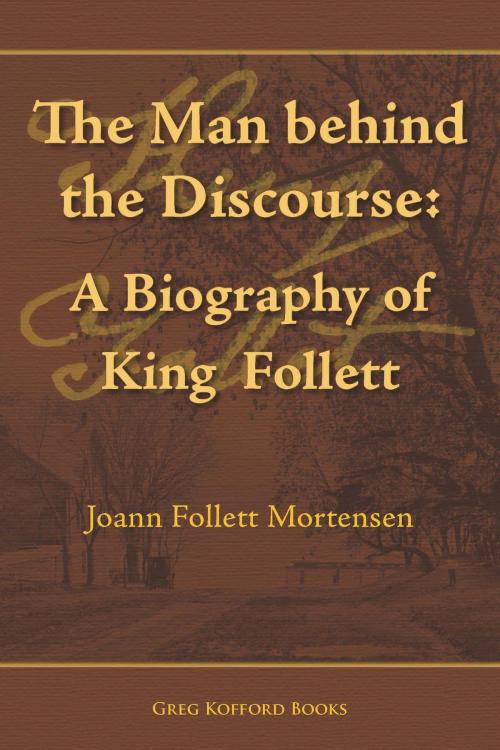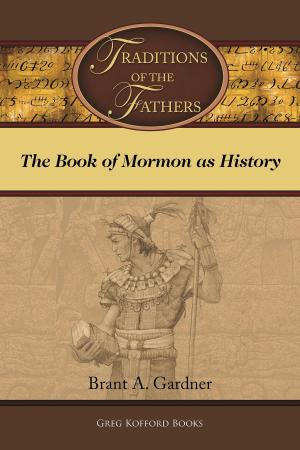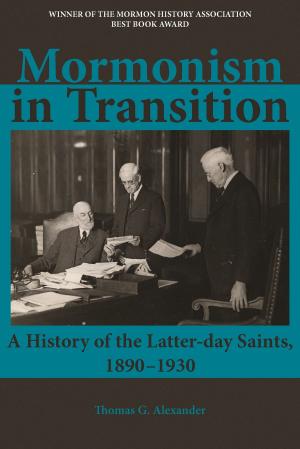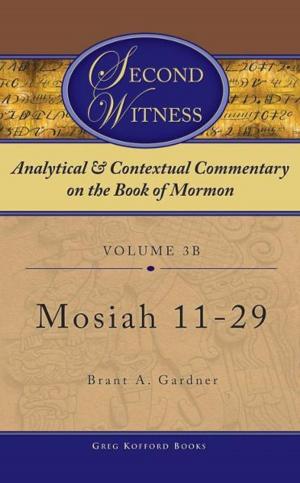The Man behind the Discourse: A Biography of King Follett
Nonfiction, Religion & Spirituality, Christianity, Denominations, Mormonism, General Christianity| Author: | Joann Follett Mortensen, | ISBN: | 9781589582767 |
| Publisher: | Greg Kofford Books | Publication: | November 2, 2015 |
| Imprint: | Language: | English |
| Author: | Joann Follett Mortensen, |
| ISBN: | 9781589582767 |
| Publisher: | Greg Kofford Books |
| Publication: | November 2, 2015 |
| Imprint: | |
| Language: | English |
Who was King Follett? When he was fatally injured digging a well in Nauvoo in March 1844, why did Joseph Smith use his death to deliver the monumental doctrinal sermon now known as the King Follett Discourse? Much has been written about the sermon, but little about King.
Although King left no personal writings, Joann Follett Mortensen, King’s third great-granddaughter, draws on more than thirty years of research in civic and Church records and in the journals and letters of King’s peers to piece together King’s story from his birth in New Hampshire and moves westward where, in Ohio, he and his wife, Louisa, made the life-shifting decision to accept the new Mormon religion.
From that point, this humble, hospitable, and hardworking family followed the Church into Missouri where their devotion to Joseph Smith was refined and burnished. King was the last Mormon prisoner in Missouri to be released from jail. According to family lore, King was one of the Prophet’s bodyguards. He was also a Danite, a Mason, and an officer in the Nauvoo Legion. After his death, Louisa and their children settled in Iowa where some associated with the Cutlerities and the RLDS Church; others moved on to California. One son joined the Mormon Battalion and helped found Mormon communities in Utah, Nevada, and Arizona.
While King would have died virtually unknown had his name not been attached to the discourse, his life story reflects the reality of all those whose faith became the foundation for a new religion. His biography is more than one man’s life story. It is the history of the early Restoration itself.
Who was King Follett? When he was fatally injured digging a well in Nauvoo in March 1844, why did Joseph Smith use his death to deliver the monumental doctrinal sermon now known as the King Follett Discourse? Much has been written about the sermon, but little about King.
Although King left no personal writings, Joann Follett Mortensen, King’s third great-granddaughter, draws on more than thirty years of research in civic and Church records and in the journals and letters of King’s peers to piece together King’s story from his birth in New Hampshire and moves westward where, in Ohio, he and his wife, Louisa, made the life-shifting decision to accept the new Mormon religion.
From that point, this humble, hospitable, and hardworking family followed the Church into Missouri where their devotion to Joseph Smith was refined and burnished. King was the last Mormon prisoner in Missouri to be released from jail. According to family lore, King was one of the Prophet’s bodyguards. He was also a Danite, a Mason, and an officer in the Nauvoo Legion. After his death, Louisa and their children settled in Iowa where some associated with the Cutlerities and the RLDS Church; others moved on to California. One son joined the Mormon Battalion and helped found Mormon communities in Utah, Nevada, and Arizona.
While King would have died virtually unknown had his name not been attached to the discourse, his life story reflects the reality of all those whose faith became the foundation for a new religion. His biography is more than one man’s life story. It is the history of the early Restoration itself.















